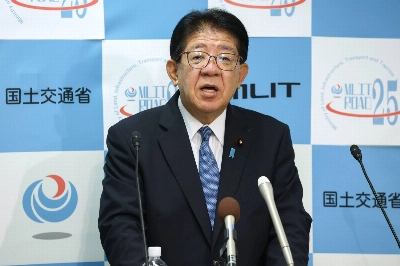The U.S. Federal Reserve Board's decision last week to cut interest rates for a sixth time is a sobering reminder that there is a wide gulf in freedom of monetary action between the world's two largest economies. While the Fed can make further cuts if necessary, the Bank of Japan has practically no elbowroom to expand the money supply.
The day after the Fed action, the BOJ decided to maintain its current extra-loose monetary policy. That is a sensible decision that effectively rules out the need to pump more liquidity into a system that is already flush with money. But it is also a tacit admission that the central bank can do little else, having all but exhausted its options. Japan's stagnant economy faces daunting difficulties as it braces for painful reform.
The U.S. economy, by contrast, is fundamentally sound, although the adjustment period could last long due to the bursting of the bubble in the information-technology sector and the stock market. Since January the Fed has reduced the pace-setting federal-funds rate by 2.75 percent. The latest cut of a moderate quarter point could be a signal that the ability of interest-rate policy to stimulate growth is reaching its limits.

















With your current subscription plan you can comment on stories. However, before writing your first comment, please create a display name in the Profile section of your subscriber account page.